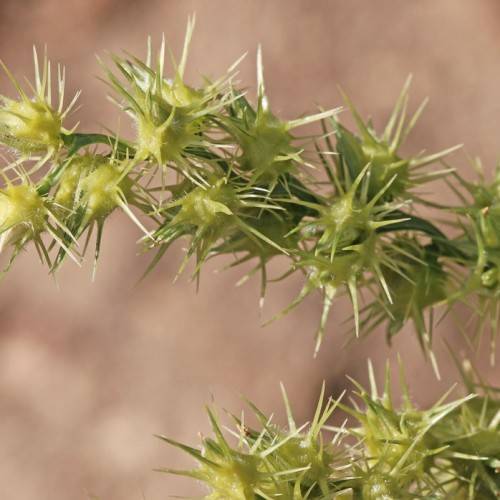
Long Spine Sandbur
Cenchrus longispinus
Watering:
Frequent
Hardiness Zone:
Sun:
full sun,part shade
Leaf:
Yes
Growth Rate:
Low
Drought Tolerant:
Yes
Salt Tolerant:
Yes
Thorny:
Yes
Care Level:
Medium
watering
Hooker's Ceanothus prefers regular but moderate amounts of water. During periods of active growth, it is best to water every other day providing adequate moisture. Once established in their location, mature plants should be watered about once a week, allowing the soil to dry out slightly between watering. During hot, dry summers, the plants may need more water, particularly during prolonged heat waves. During the winter months you can reduce watering to every couple of weeks or so, provided that temperatures remain relatively mild. Pay attention to the condition of the leaves as this is a good indicator of water needs; if the leaves are wilting, the plant may need more water.
sunlight
Hooker's Ceanothus (Ceanothus velutinus var. laevigatus) requires full sun to thrive and should be placed in a location that receives at least 6 to 8 hours of direct sunlight each day. They can also tolerate some light shade, but will not flower if they don't get enough sun. During the winter months, when days are shorter, the plant may be ok with slightly less sunshine - usually between 4-6 hours of direct sunlight per day.
pruning
Hooker's Ceanothus should be pruned annually in the late spring or early summer. Light pruning back to a few inches above ground level is recommended to promote healthy new growth. Be sure to remove any dead, diseased or damaged branches, as well as any suckers that may appear. To maintain a natural shape, selectively remove branches that rub against each other or that are too thick or cluttered. Doing so encourages more air to circulate and better light penetration. To shape a hedge, thin out the interior branch structure, removing larger branches and decreasing overall height.
